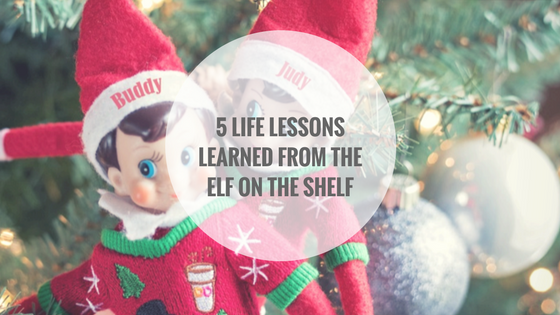Julie Entwistle, MBA, BHSc (OT), BSc (Health / Gerontology)
National Non-Smoking week aside, are you ready to butt out? According to Smoke Free Ontario, smoking takes approximately 13000 lives in Ontario each and every year. However, the good news is that the number of smokers continues to decrease yearly, and is currently at 18.1%. Are you in for reducing this number further?
Apparently, quitting smoking is extremely difficult and many need to try different approaches before finally kicking the habit. For many smokers it becomes more about the habit and the behavior, than the nicotine itself. So how can you butt out? Our team of experienced Occupational Therapists have some great solutions for you to try:
1. Make Your Intentions Public: The decision to quit takes a great deal of courage and should be celebrated. Make your intentions public within your family or friends, or by using social media for a larger reach. By making your goal to quit public it will help hold you accountable and to draw on those close to you to lean on for support.
2. Devise a Plan: Quitting cold turkey can be extremely difficult. We recommend that you create a monthly or weekly plan to reduce your intake and set you well on your way. This might be as simple as reducing one cigarette per day for a week or a month, then reducing again etc.
3. Identify Triggers: While working through your monthly or weekly plan to reduce the amount of cigarettes you consume, ensure you are keeping track of the amount you smoke each day, the times of day you smoke and what in your environment has triggered you to have a cigarette. Tracking any behavior is the best way to isolate it and is the first step to making improvements.
4. Modify your environment to help reduce these triggers: After conducting your research look closely at the time of day, environment, people, stressors or other triggers that promoted your need or wanting to smoke. Is it possible to change your situation or environment to avoid these triggers moving forward?
5. Work to reduce stress: Many smoke as a reaction to stress. Finding ways to reduce stress, such as meditation and mindfulness practice, taking a hot bath, or breathing exercises can help you to reduce this trigger.
6. Find a healthier habit: If it’s the “break” you find is your trigger try finding a different way to take 5 minutes to yourself. Take a quick walk, try yoga poses, grab a warm beverage, phone a friend or practice breathing exercises instead.
7. Seek Support: By making your intentions to quit public you have opened yourself up to a group of family and friends to rely on and assist you in your goal to quit. If these sources are not available, try phoning the Smokers Hotline or join a support group to speak with someone who can help you through your craving and keep you smoke free.
8. Seek an Alternative Solution: There are so many different products in the marketplace to assist you with quitting such as: gums, e-cigarettes, inhalers, and patches. Find which one works for you and rely on this to assist you along the way.
9. Speak to Your Doctor: Your family doctor is a great resource and will gladly support you in your quest to break the habit. Speak with your doctor about the alternative solutions and medications that exist that can help you quit. Your doctor may also connect you to OHIP-funded resources that you can access to support you in your quest.
10. Celebrate Your Success: Ensure that along the way you celebrate any milestones you have reached. If you’ve worked for a week or a month to cut your daily intake by 5 cigarettes, reward yourself and share your news with those you love. This will help to keep you focussed and lead to further success!
11. Reword the goal if needed: Yes “quitting smoking” might be the BIG goal, but under this there are layers of other goals that you can focus on that might seem less intimidating and are more fun to measure. Maybe your smaller goals include walking upstairs without becoming breathless, having whiter teeth, or not wanting your clothing or home to smell like cigarette smoke. Perhaps if you relate to a more practical goal that is tangible, measurable, and visible to others, your motivation might be enhanced.
12. Watch for other bad habits to surface: Sometimes when trying to move from one bad habit we pick up another. With any reduction in a negative behavior there will be withdrawal. Accept this and cope through it for the days it lasts, knowing that those symptoms too shall pass. But when struggling through withdrawal, try not to adopt another bad habit as a coping mechanism. Switching from smoking to eating unhealthy food or consuming more alcohol will not help you to achieve the ultimate result you want which is to improve your health.
13. Don’t just change your behavior, change your LIFESTYLE: Adopting a new way of living, and talking to others about this, is far more impactful and motivating then talking about a behavior change. When people say “I am trying to lose weight” it is not nearly as impactful as “I have a sugar-free lifestyle” or “I have changed my lifestyle to achieve my health goals”. Make a LIFESTYLE change to be healthy and let the behaviors follow.
14. If at first you don’t succeed… try try again!
For more resources and tips to help you along the way visit www.smokershelpline.ca or www.quitnow.ca.
We wish you the best of luck and encourage you to BE A QUITTER this 2016!
Originally posted, January 2015.













